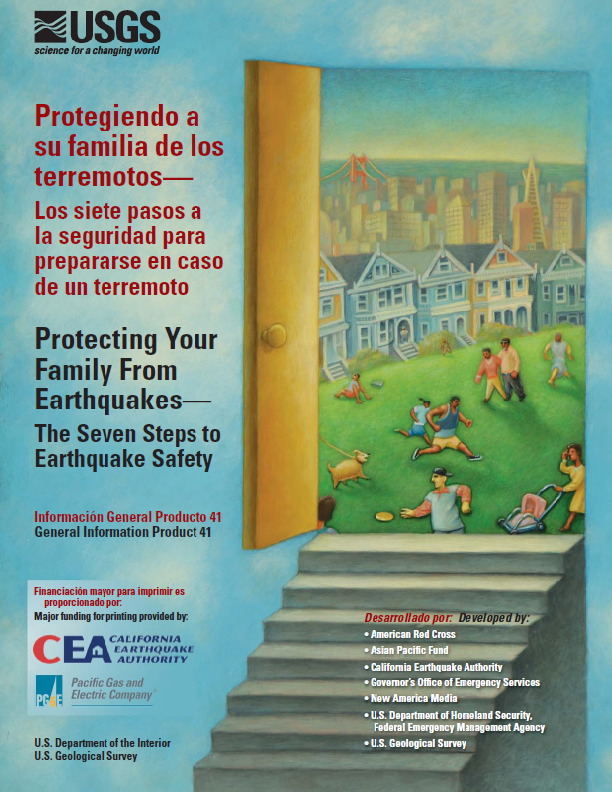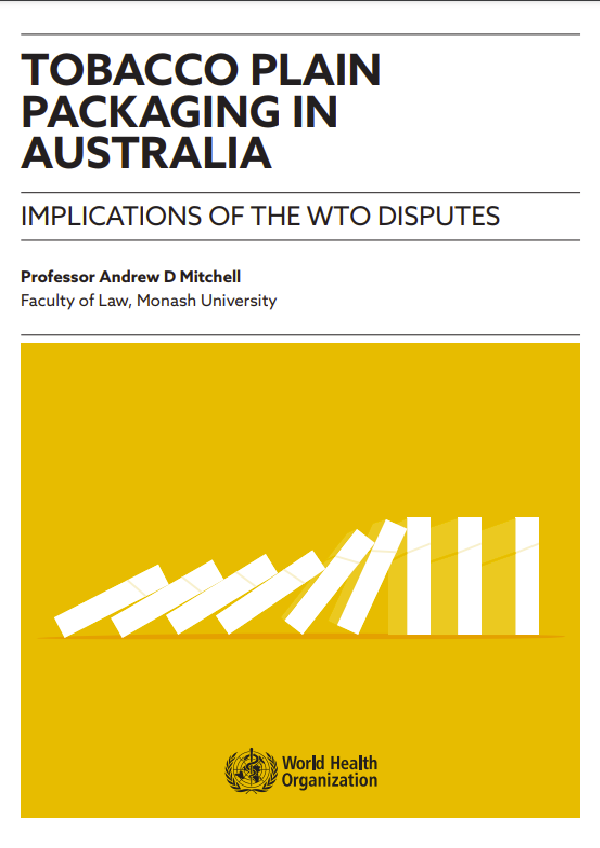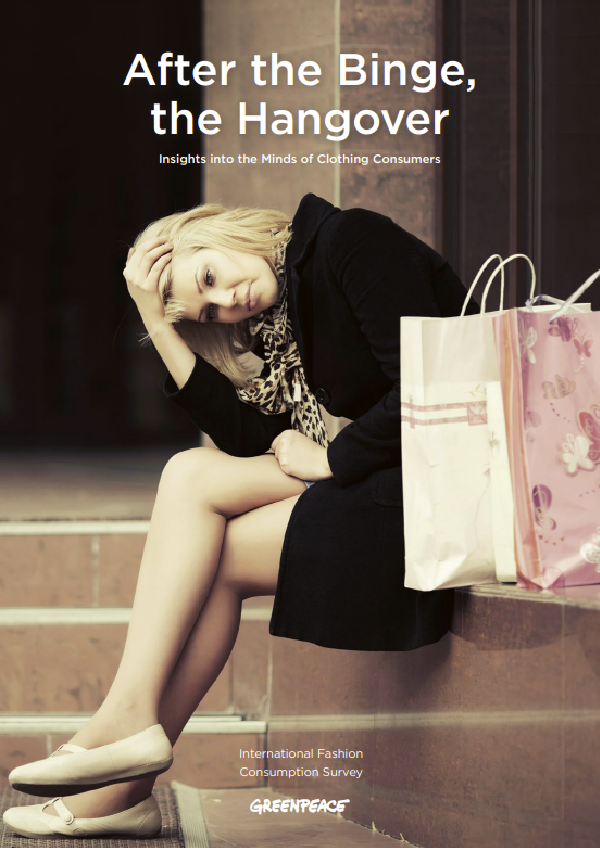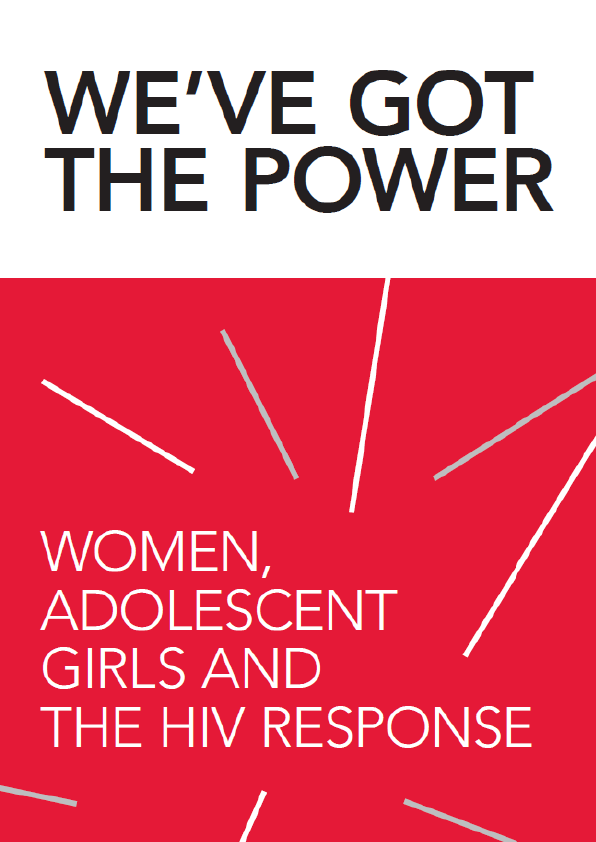Very few people die from collapsing buildings in the Bay Area because most structures are built to stand up to the shaking. But it is quite possible that your family will be without medical care or grocery stores and separated from one another for several days to weeks. It will ultimately be up to you to keep your family safe until help arrives, so we are asking you to join us in learning to take care of your family before, during, and after an earthquake.
The first step is to read this book. Everyone in your family, children and adults, can learn how to prepare for an earthquake. Then take advantage of the American Red Cross Earthquake Preparedness training courses offered in your community. These preparedness courses are free, and also offered in Spanish and available to everyone in the community regardless of family history, legal status, gender, or age. We encourage you to take one of these free training workshops. Look on the back cover for more information.
Remember that an earthquake can occur without warning, and the only way that we can reduce the harm caused by earthquakes is to be prepared.
The San Francisco Bay Area has had and will continue to have earthquakes because it has at least eight earthquake faults (black lines on map) that can cause serious damage.
- Large damaging earthquakes happened here in 1868, 1906, and 1989; smaller damaging earthquakes occur more often.
- Scientific research shows that, more likely than not, a big quake will happen here in the next 30 years.
- Strong ground shaking will cause most of the damage. The map shows that most of the Bay Area will experience strong shaking.
- Areas of soft soil, mainly near the bay, shake harder than areas of hard rock.
- Unlike some earthquakes that occur beneath the ocean, Bay Area earthquakes are not expected to cause significant tsunamis. However, distant earthquakes around the Pacific Ocean can generate tsunamis capable of producing damage along our coast.











